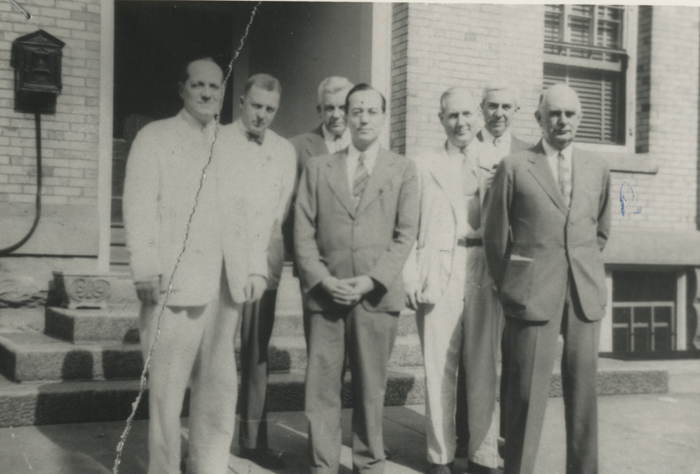John C. Rock
Rock was appointed an assistant professor in Obstetrics and Gynecology in 1922 and began a career at the Massachusetts General Hospital, revitalizing its Infertility Clinic before moving to the Free Hospital for Women in 1926. In addition to his private practice and clinical work, Rock was intent on developing a research program that could illuminate some of the questions about fertility and infertility that science had yet to answer.
Rock became the Director of the Free Hospital for Women’s Sterility Clinic in 1926. At the Free Hospital, Rock saw many infertile women who were eager to have children. Some of his patients, however, sought the means to control conception. For these women, Rock offered the only legal contraceptive approach, the rhythm method. In 1936 he founded a Rhythm Clinic, helping women to estimate their likelihood of fertility based on a record of the length of previous menstrual cycles.
The hospital was the focal point of Rock’s early career and provided him with the needed participants to conduct his various research trials. His infertility studies here would later provide crucial information concerning the effects of hormones on the reproductive system.
The Free Hospital’s Chief Surgeon, William Graves, and his successor, Frank A. Pemberton, assembled a strong staff of clinical researchers: from left: George V. S. Smith, who with his wife Olive, proposed uses for the synthetic estrogen, DES; John Rock; Joe H. Phillips; Christopher A. Duncan; Frank A. Pemberton; Ed Sheehan; Arthur T. Hertig; and G. P. Sturgis




